
Dominant and dangerous
As America’s economic supremacy fades, the primacy of the dollar looks unsustainable
IF HEGEMONS are good for anything, it is for conferring stability on the systems they dominate. For 70 years the dollar has been the superpower of the financial and monetary system. Despite talk of the yuan’s rise, the primacy of the greenback is unchallenged. As a means of payment, a store of value and a reserve asset, nothing can touch it. Yet the dollar’s rule has brittle foundations, and the system it underpins is unstable. Worse, the alternative reserve currencies are flawed. A transition to a more secure order will be devilishly hard. ......... The United States accounts for 23% of global GDP and 12% of merchandise trade. Yet about 60% of the world’s output, and a similar share of the planet’s people, lie within a de facto dollar zone, in which currencies are pegged to the dollar or move in some sympathy with it. American firms’ share of the stock of international corporate investment has fallen from 39% in 1999 to 24% today. But Wall Street sets the rhythm of markets globally more than it ever did. American fund managers run 55% of the world’s assets under management, up from 44% a decade ago.......Banking and nothingnessthe costs of dollar dominance are starting to outweigh the benefits.
..... In recent months the prospect of even a tiny rate rise in America has sucked capital from emerging markets, battering currencies and share prices. .... Decisions of the Federal Reserve affect offshore dollar debts and deposits worth about $9 trillion. Because some countries link their currencies to the dollar, their central banks must react to the Fed. Foreigners own 20-50% of local-currency government bonds in places like Indonesia, Malaysia, Mexico, South Africa and Turkey: they are more likely to abandon emerging markets when American rates rise. .......America is the biggest export market for only 32 countries, down from 44 in 1994; the figure for China has risen from two to 43.
A system in which the Fed dispenses and the world convulses is unstable....... A second problem is the lack of a backstop for the offshore dollar system if it faces a crisis. In 2008-09 the Fed reluctantly came to the rescue, acting as a lender of last resort by offering $1 trillion of dollar liquidity to foreign banks and central banks. The sums involved in a future crisis would be far higher.The offshore dollar world is almost twice as large as it was in 2007. By the 2020s it could be as big as America’s banking industry.
Since 2008-09, Congress has grown wary of the Fed’s emergency lending. Come the next crisis, the Fed’s plans to issue vast swaplines might meet regulatory or congressional resistance. For how long will countries be ready to tie their financial systems to America’s fractious and dysfunctional politics?........ America increasingly uses its financial clout as a political tool. Policymakers and prosecutors use the dollar payment system to assert control not just over wayward bankers and dodgy football officials, but also errant regimes like Russia and Iran. Rival powers bridle at this vulnerability to American foreign policy. ........ If the Fed fails to act as lender of last resort in a dollar liquidity crisis, the ensuing collapse abroad will rebound on America’s economy. ....... If foreigners continue to accumulate reserves, they will dominate the Treasury market by the 2030s. To satisfy growing foreign demand for safe dollar-denominated assets, America’s government could issue more Treasuries—adding to its debts. Or it could leave foreigners to buy up other securities—but that might lead to asset bubbles, just as in the mortgage boom of the 2000s. ........ The baton of financial superpower has been passed before, when America overtook Britain in 1920-45. But Britain and America were allies, which made the transfer orderly. And America came with ready-made attributes: a dynamic economy and, like Britain, political cohesiveness and the rule of law ........ The euro is a currency whose very existence cannot be taken for granted. ......As for the yuan, China’s government has created the monetary equivalent of an eight-lane motorway—a vast network of currency swaps with foreign central banks—but there is no one on it.
Until China opens its financial markets, the yuan will be only a bit-player. And until it embraces the rule of law, no investor will see its currency as truly safe. ........ More likely is a splintering of the system, as other countries choose to insulate themselves from Fed decisions by embracing capital controls. The dollar has no peers. But the system that it anchors is cracking.
Europe’s dithering banks are losing ground to their decisive American rivals
Seven years after the height of the financial crisis, Europe’s large banks still behave as if they are in the thick of the storm. Plans for radical restructurings are shelved before they are even implemented, often accompanied by management defenestrations—Barclays is one of four big European banks with new leaders. And they have dithered on the most basic questions, for example on how much capital they need or whether to scale back misfiring investment-banking arms. ..... Europe’s banking market is fragmented and includes politically controlled lenders, such as Landesbanken in Germany, which sap profits for everyone. ....... Few seem to mind tapping a Goldman Sachs or Merrill Lynch for operations that require global reach. That may annoy European bankers, but is hardly a reason to mollycoddle them. If their investment banks cannot pay their way under the current rules, it is the banks that must change, not the regulations.












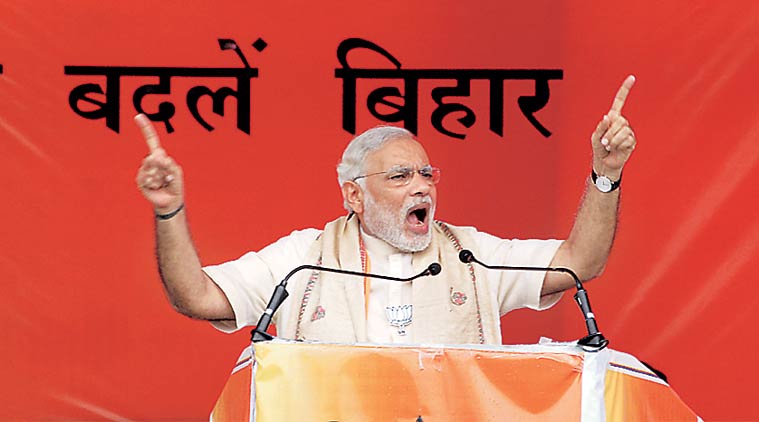
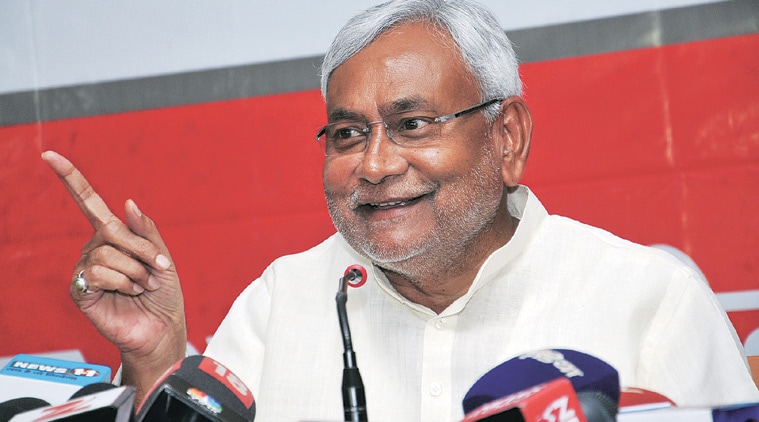
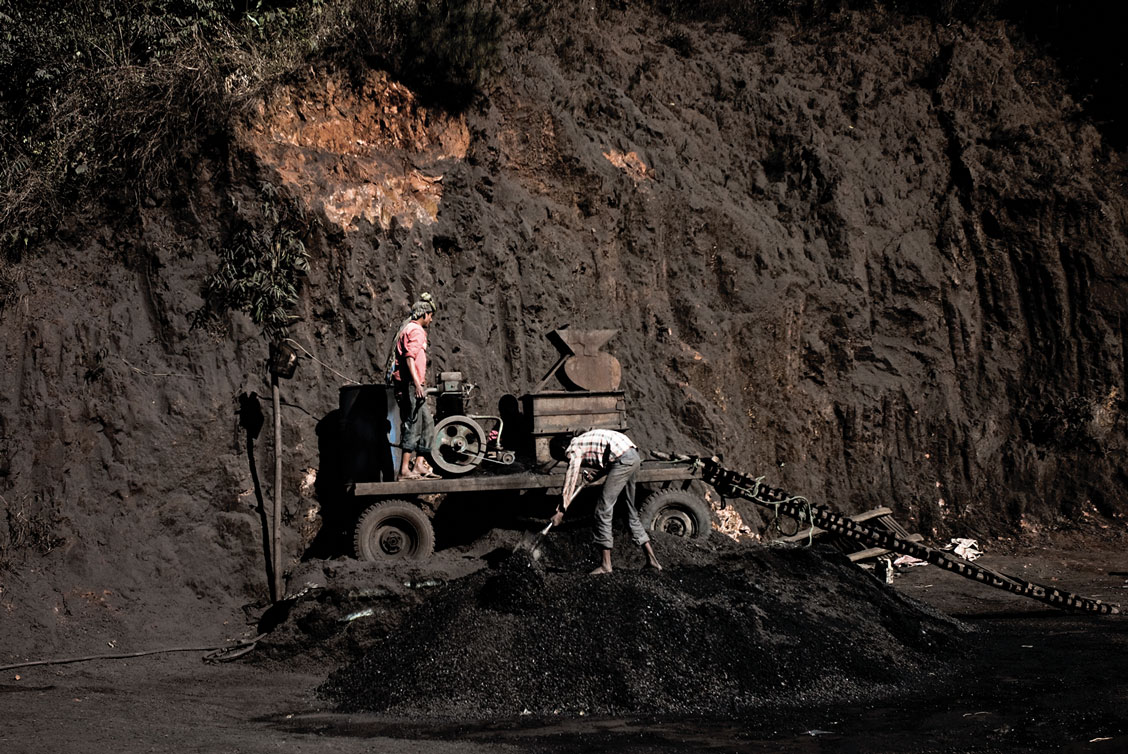

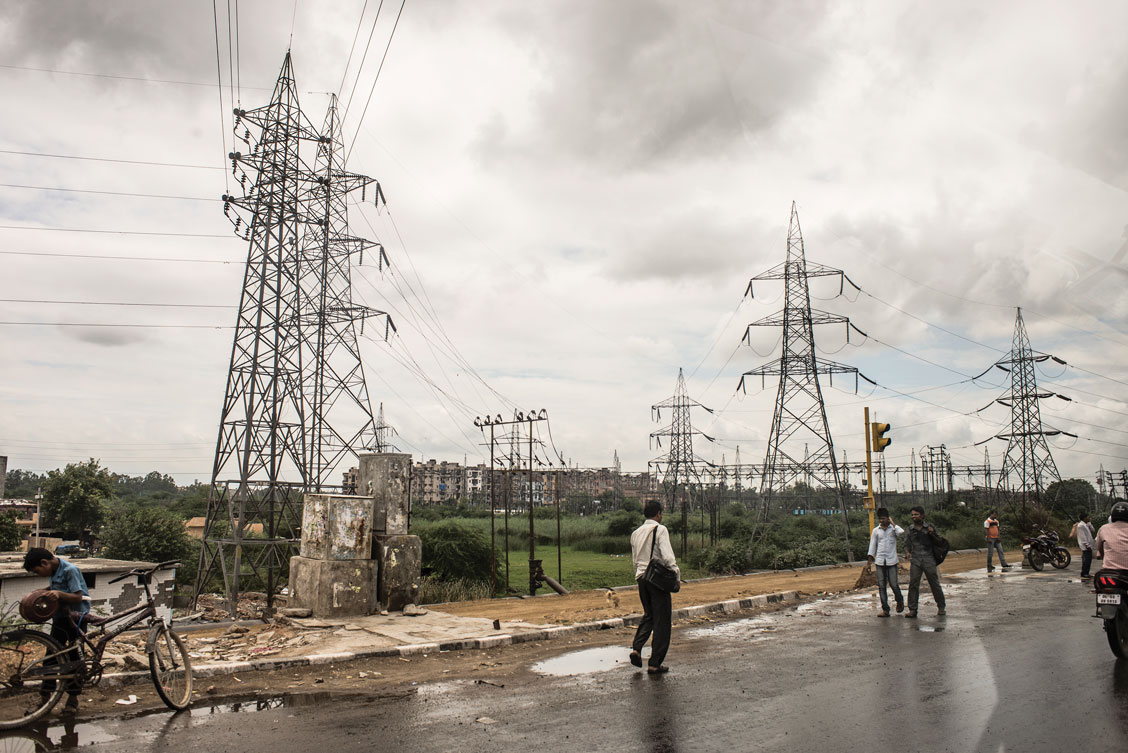
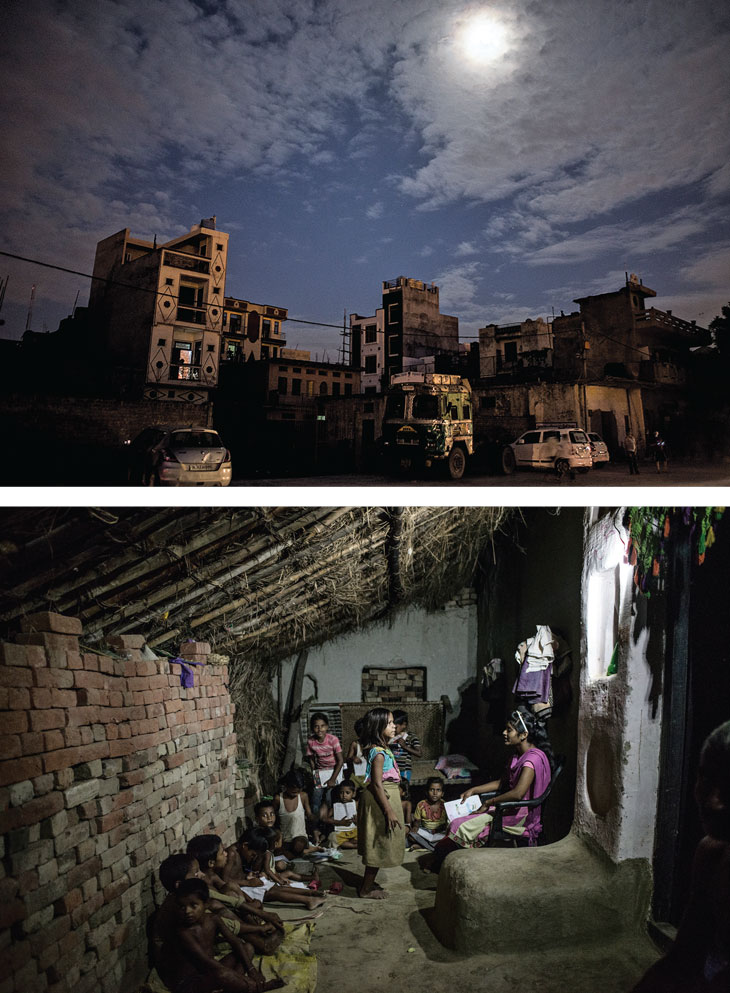
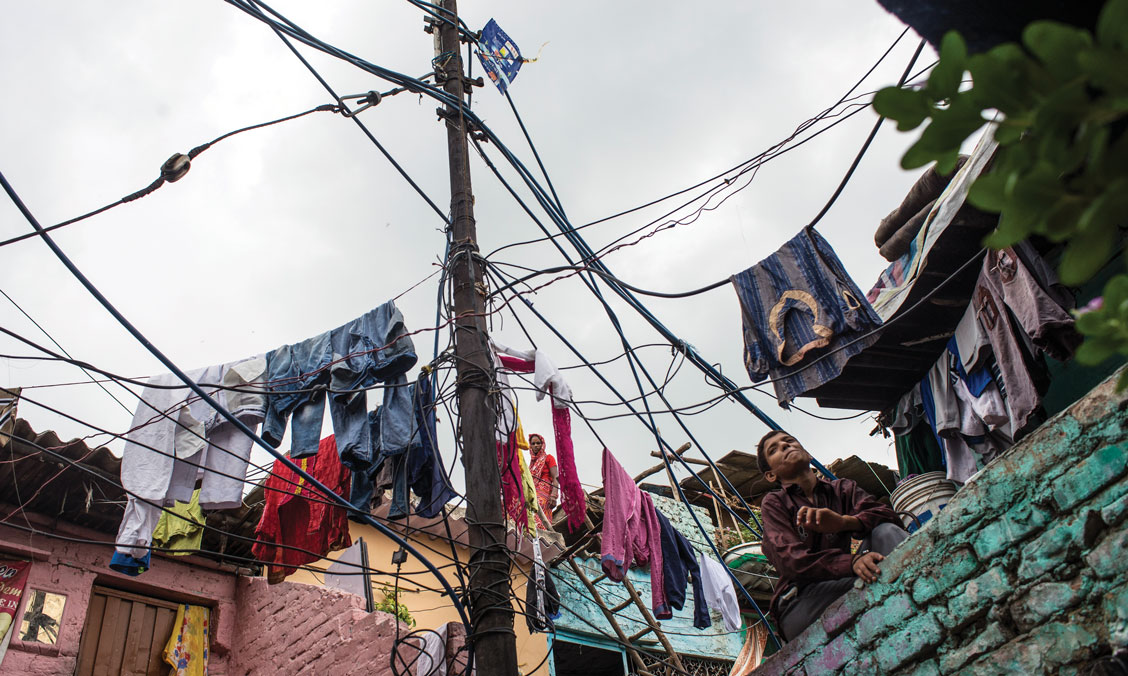

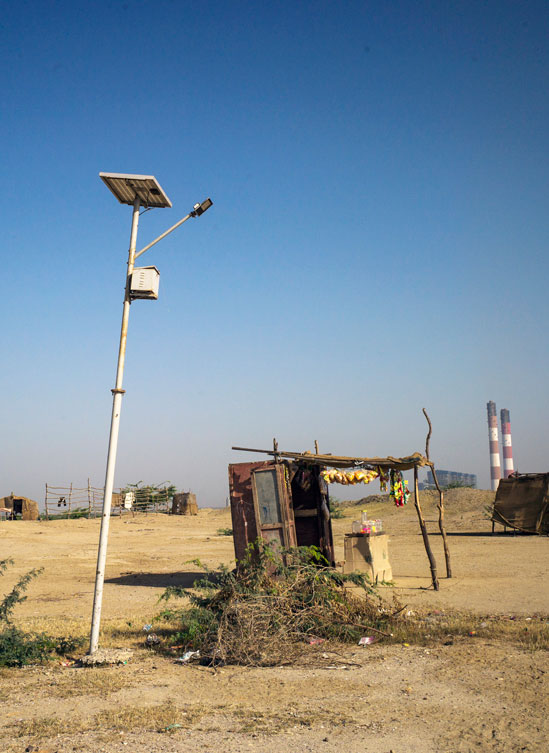
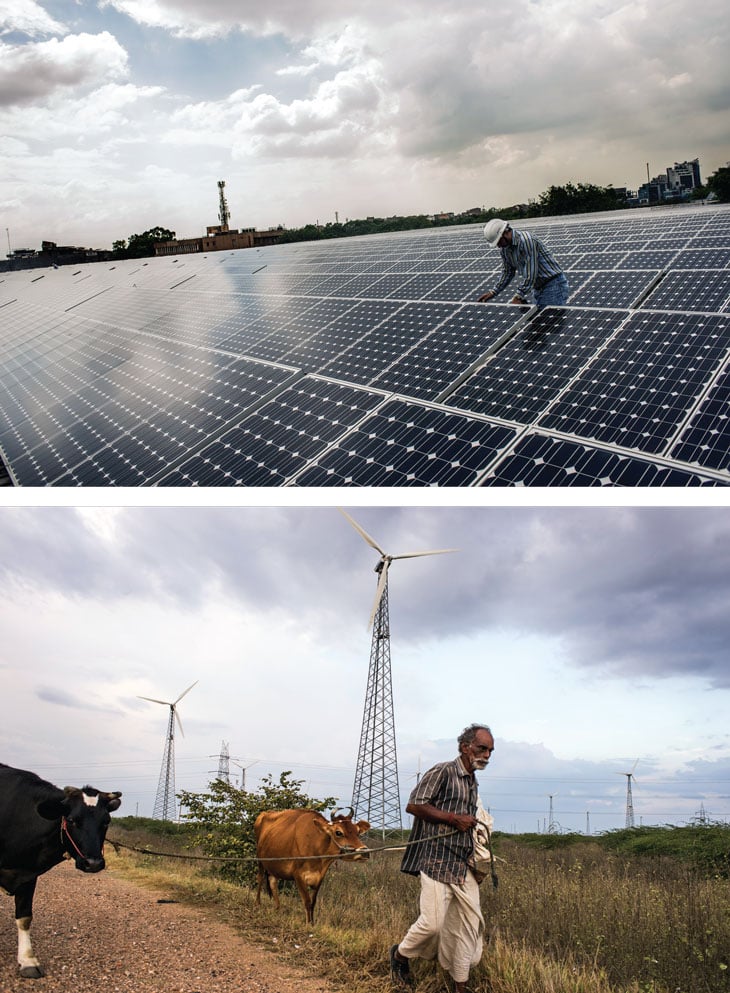
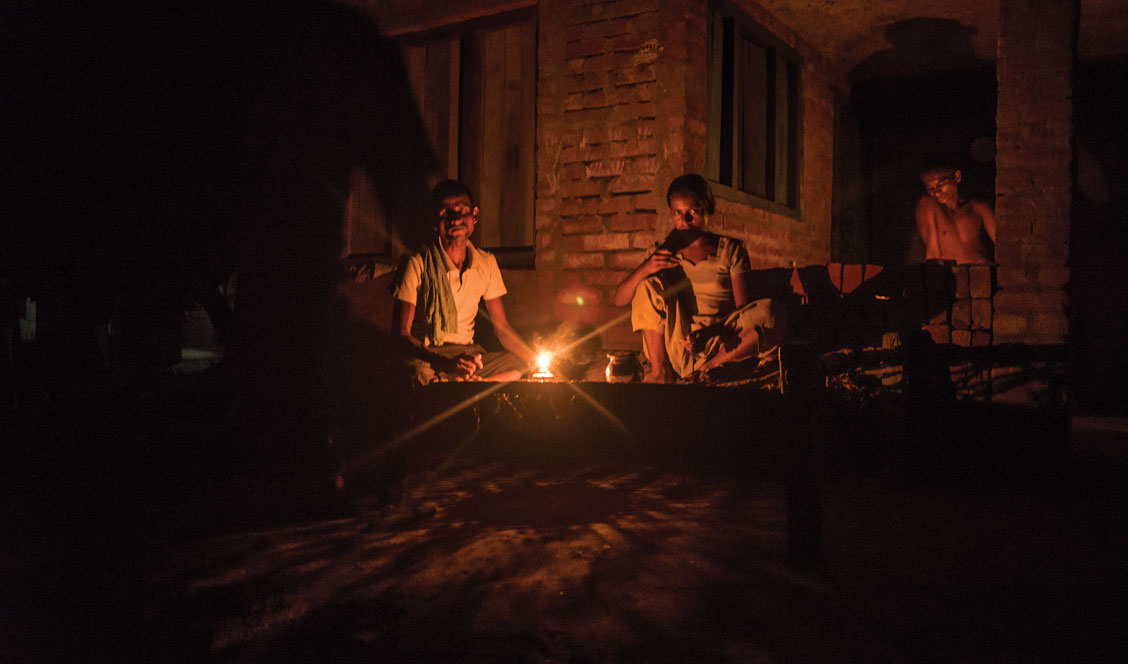
.jpg)



